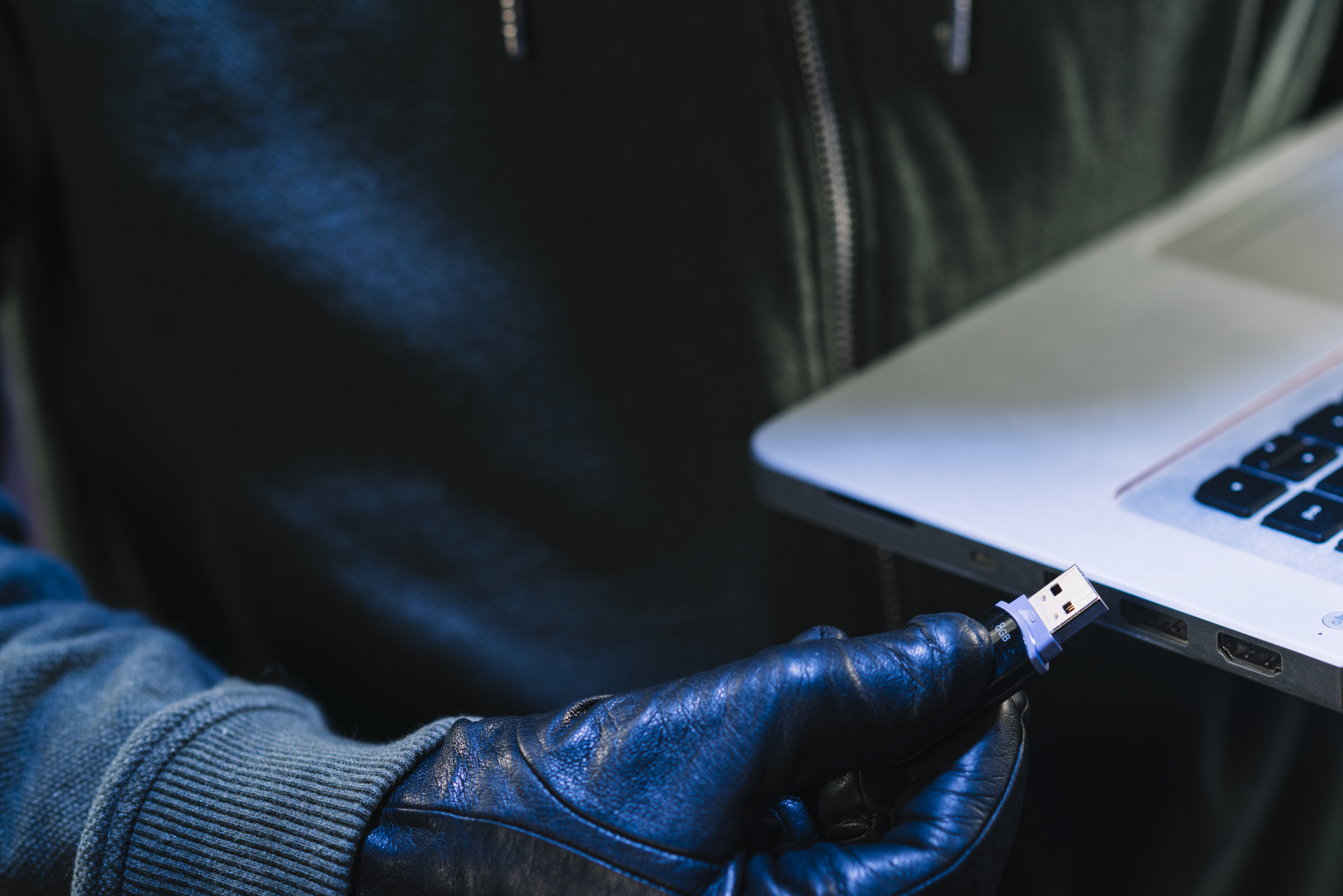Recent cybersecurity threats to verification and authentication systems include Injection Attacks or Code Injection. This method involves injecting manipulated code or commands into a system to deceive it. The two main types of injection attacks are SQL Injection and Deepfake Injection.
In SQL Injection, attackers insert malicious code into user login fields to gain access to the database. Deepfake Injection, on the other hand, uses deepfake technology to inject fake biometric data directly into the data stream received by the verification system.
This article will delve into two types of Code Injection: Virtual Camera and Man in the Middle Attack.
Virtual Camera
A virtual camera attack is a type of code injection attack that is gaining popularity. In this attack, the attacker uses a virtual camera to inject fake video or images into the biometric verification system. Here’s how it works:
- Installation of Virtual Camera Software
Attackers install virtual camera software on their devices. This virtual camera connects with face morphing or face-swapping applications to fake input from the physical camera.
- Possession of Victim’s Personal Data
Attackers first obtain the victim’s personal data, including biometrics like their face, from various sources like social media or third-party purchases. They use this data to create deepfakes of the victim's face.
- Injection of Fake Biometric Data for Verification Manipulation
Attackers use the victim's personal data to register for bank accounts or online loans. During biometric verification, they use the victim’s deepfake to manipulate the system into recording the registration as if it were done by the genuine owner of the data.
Virtual camera attacks can be highly detrimental, especially for systems relying on biometric verification for security. Attackers can gain access to personal accounts, sensitive data, and even conduct illegal transactions.
Man in the Middle Attack (MitM)
A Man in the Middle Attack (MitM) involves an attacker intercepting or modifying information between two legitimate parties. This type of attack often occurs over unsecured public Wi-Fi networks. Here’s how it works:
- Interception of Communication
Attackers position themselves between two communicating parties, such as between a user and a web server.
- Data Interception
Attackers intercept data being transmitted between the two parties, which may include personal information, login credentials, or other sensitive data.
- Information Manipulation
Besides intercepting, attackers can modify the transmitted information. For instance, altering payment instructions or embedding malicious links.
MitM attacks can result in identity theft, financial data theft, and privacy breaches. Users unaware of such attacks may never realize their data has been intercepted or altered.
Preventive Measures for Code Injection
To protect against code injection attacks like virtual camera attacks and MitM, consider these preventive measures:
1. Use Strong Encryption
Ensure all communications between your device and the server are encrypted using strong protocols like HTTPS.
2. Update Software Regularly
Always update software and applications to the latest versions to fix security vulnerabilities.
3. Avoid Public Wi-Fi
Avoid using unsecured public Wi-Fi networks. Use VPNs if you need to access the internet over public networks.
4. Implement Liveness Detection Technology
Use liveness detection technology in biometric verification systems to distinguish between real and fake inputs.
5. Monitor Network Activity
Regularly monitor network activity to detect suspicious or unusual behavior.
Prevent Code Injection with VIDA Deepfake Shield
One crucial method to detect fraud is to prevent deepfake use, especially in biometric verification processes. VIDA has developed the VIDA Deepfake Shield to address this challenge.
Key Features:
1. Passive Liveness Detection
Ensures the authenticity of biometric data by examining the image quality and checking for liveness to verify it’s from a live individual, not a manipulation.
2. Real-Time Image Feedback
Provides real-time feedback on image quality, ensuring the biometric data meets security standards. Immediate corrections can be made if discrepancies are found, ensuring smooth and secure verification processes.
3. Morphing and Swap Pattern Detection
Equipped with Image Manipulation Identification technology to detect morphing patterns or swapped face patterns. This ensures protection against the injection of fake biometric data.
Code injection attacks, such as virtual camera and Man in the Middle attacks, pose serious threats in today’s digital world. Understanding these attacks and taking appropriate preventive measures is crucial to protect your business's data and systems from deepfake threats.
Jul 08, 2024
Understanding Code Injection: Virtual Camera and Man in the Middle Attack
Code Injection Attack threatens businesses. This article delves into two types of Code Injection: Virtual Camera and Man in the Middle Attack.


Medical Records: Definition, Functions, and Integration with Digital Signatures
Medical records serve not only as a historical record but also as the foundation for decision-making and treatment. So, what exactly are me...
September 18, 2025

How to Become a Beginner Content Creator with Lots of Followers
Being active on social media can open doors to becoming a content creator. Many brands, events, and organizations today are in need of crea...
September 18, 2025

Content Creator: Definition, Income, and Essential Skills
A content creator is a creative profession with massive potential in today’s digital era. Learn about their roles, income opportunities, ho...
September 17, 2025
.png)